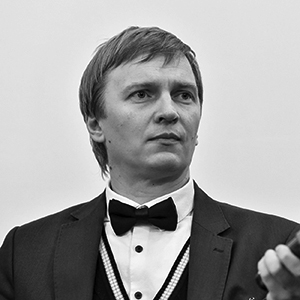Security sector reforms in Ukraine have a long track marked with some progress and shortcomings taking into consideration the internal and exter – nal circumstances. In general, one might distinguish specific phases along the way of development and reforms of the security and defense system not only due to temporal aspects, but rather due to specific approaches adopted by authorities towards strategic and institutional outline of armed forces, law enforcement agencies and security services.
By Hennadiy Maksak and Maksym Bugriy
Phase I (1991–1996) is characterized by initial efforts of the young Ukrainian authorities to form their own security sector based on the remnants of vast human and technical resources of the Soviet security machine. Ukraine in – herited approximately 40% of Soviet Army manpower (Cairns 2000, 26–36), strong apparatus of KGB and militia. In August 1991 the Verkhovna Rada of Ukraine (VRU) adopted the decree to subordinate to Ukrainian parliament all the armed units, located on the territory of Ukraine, to form Ministry of De – fense (MoD), to launch the creation of the Armed Forces of Ukraine (AFU). By the end of 1991 the initial legislative base for security sector was formed. The Conception for Defense and Organization of the Armed Forces of Ukraine, the resolution On Security Council of Ukraine”, Laws of Ukraine “On De – fense of Ukraine”, “On the Armed Forces of Ukraine” were the key founding documents that were all introduced in this initial phase of state-building.
The Conception envisaged the basic principles outlining Ukraine’s security sector organization and principles: to become a neutral nuclear-free state. It also defined the basic guidelines for the AFU formation and the compe – tences of the MoD and the General Staff (GF) (Ministry of Defense of Ukraine 2016a). The strategic vision for the security sector was demonstrated in the Military doctrine in 1993.
In 1992–1996 the active process of the AFU development was in place with arms and personnel reductions, along with international treaties. In 1993 the total number of the AFU personnel was defined at the level of 455 thou – sand with a tendency for further scaling down (by the end of 1995 the total number was 400 thousands). In 1996 Ukraine completed its nuclear disar – mament in exchange for security guarantees under the Budapest memoran – dum, signed in 1994.
Simultaneously with building of the AFU other elements of security sector underwent changes as well: National Security Service of Ukraine (from 1992 on the Security Service of Ukraine, SBU), State Committee for Border Protection (SCBP), Border Guard Forces and Department for State Protection. The intelligence community was formed with participation of intelligence units of SBU, MOD and SCBP. The National Security Council was active as an advisory body under the President of Ukraine in the period of 1992–1996.



